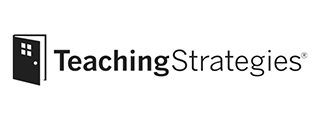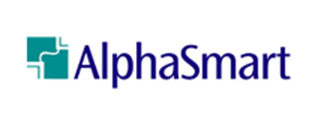Many educational institutions were ill-equipped to make the transition to distance learning. The education sector has been relatively slow to adopt the technologies enabling digital transformation we see in many other industries. Even schools that had invested in online offerings, had not scaled their technology infrastructure to support migrating an entire student body online. In many respects and for many institutions, the COVID crisis condensed the digital transformation roadmap for the next ten years into a matter of weeks.
These short-term adaptations, however, will have long-term implications. While students, parents and accreditors largely gave institutions a metaphorical “hall pass” during the spring semester, we believe stakeholders expect a more robust, engaging, accessible and effective learning experience in the fall and beyond, regardless of physical location. Technology can help close the digital divide, providing a bridge to ensure equal access, support teachers, engage students and securely deliver academic integrity – enhancing student outcomes through resilient, seamless and consistent experiences at home, in class or in the cloud. This site explores our views informed by thematic research, industry surveys and portfolio company perspectives in three key areas where we see technology making a major impact as schools and institutions navigate a transition to online and hybridized delivery models, appropriate for the new paradigm.











